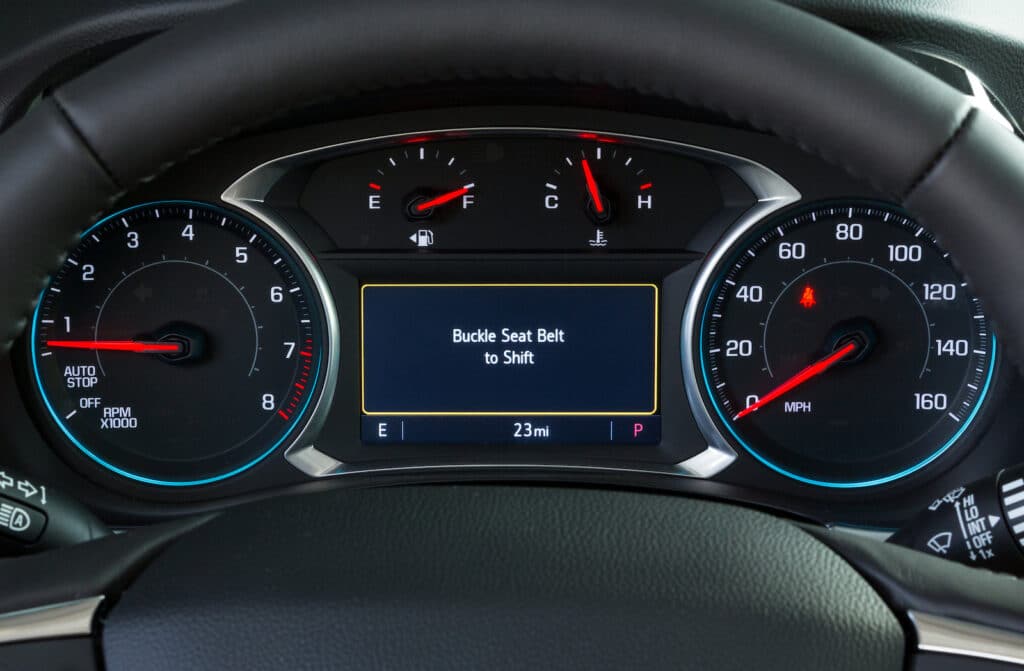Seat Belts Could Save More Lives Annually if Automakers Improved Reminders
Seat belts save lives, however, if automakers could improve the reminder technology for the devices, they could save as many as 1,500 more people annually, according to new research.

The Insurance Institute for Highway Safety says its readying a new ratings program for seat belt reminder systems, in hopes of getting automakers and federal safety regulators to bolster their effectiveness.
“By now everybody knows that seat belts save lives when they are used,” says IIHS President David Harkey. “Our research shows that effective seat belt reminders can also save lives by getting those who aren’t diligent about belt use to buckle up. These new ratings are designed to push manufacturers to realize that potential.”
Making the grade?
Federal standards specify that seat belt reminders must include an audible signal that lasts for 4-8 seconds total and a visual alert that lasts at least 60 seconds whenever the driver’s seat belt is unbuckled.
However, previous IIHS research has shown that more noticeable and persistent alerts could increase belt use among those who do not routinely buckle up by as much as 34%, preventing an estimated 1,500 fatalities a year.
“Most Americans use their seat belts, especially in the front seat. But the small number who don’t translates into a lot of fatalities,” said Harkey. “Almost half of the drivers and front seat passengers killed in crashes in 2019 weren’t belted.”

People caught not wearing a seat belt often claim they simply forgot to put it on and that a “persistent reminder” to buckle up would increase their usage rate. It was on par, according to IIHS, with limiting a vehicle’s speed to just 15 mph until the seat belt was buckled.
First round of checks
IIHS said it test 26 vehicles — small and midsize SUVs — and only two received a “good” rating: the Subaru Ascent and Forester. Five others received acceptable ratings: Hyundai Palisade and Tucson, and Nissan Murano, Pathfinder and Rogue.
All 26 SUVs meet the IIHS standard for the pitch, or audio frequency, of the audible alert, but various other issues bring down scores such as the alerts not being long enough or not starting soon enough.
Some simple software adjustments could probably lift all of the marginal and some of the poor performers to an acceptable rating.
“Most of these problems don’t require new hardware,” said IIHS Senior Test Coordinator Sean O’Malley. “Even among the vehicles that earn poor ratings, it’s possible that simply lengthening the duration of the audible alert could do the trick.”
Auto Lovers Land
Comments
Post a Comment